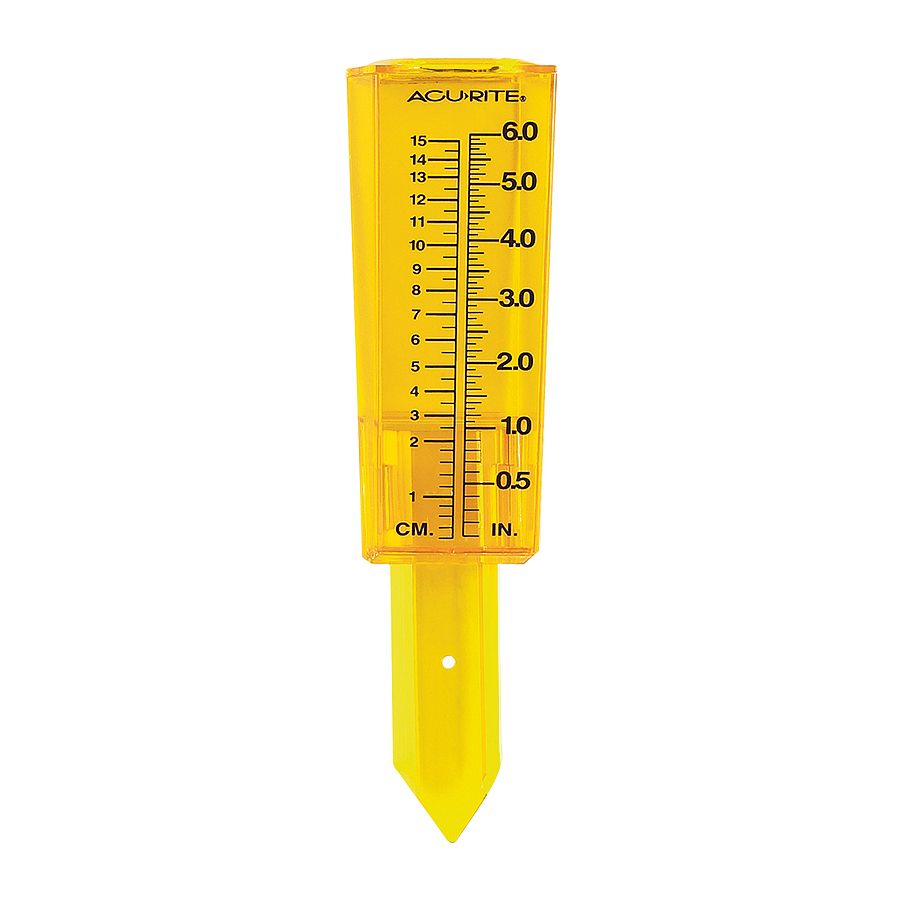The Rain Gauge: Enhancing Agricultural and Environmental Keeping An Eye On Initiatives
The Rain Gauge: Enhancing Agricultural and Environmental Keeping An Eye On Initiatives
Blog Article
Do It Yourself Rain Scale: Easy Actions to Make Your Own
Are you thinking about tracking rainfall in your area? Developing your own do it yourself rain scale is a simple and reliable way to tape and measure rainfall. With simply a few usual materials and some fundamental actions, you can quickly create your own rain scale at home. In this guide, we will offer you with a detailed procedure to help you produce your very own rain gauge. No need for any kind of specialized understanding or tools - this task can be finished by any individual. By adhering to these basic directions, you will have a reputable tool to determine rains and add to your understanding of the local weather condition patterns. Let's obtain begun on making your Do it yourself rainfall gauge today!
Gather Products
To start building your Do it yourself rain scale, collect all the required products using a thorough checklist of items. Having the ideal materials on hand will make certain the successful production of your rain gauge and enable for exact measurements of rains. Collecting these materials ahead of time will improve the building and construction process and guarantee that you have every little thing you require to produce your own DIY rainfall scale.
Prepare the Container

Mark the Measurement Increments
To properly determine the amount of rains, properly marking the dimension increments on your do it yourself rain gauge is vital. Without precise and clear markings, it would certainly be tough to identify the specific amount of rainfall accumulated in your rainfall gauge. Right here are the steps to note the measurement increments on your rainfall gauge.
First, pick the system of measurement that you intend to utilize. The most usual units for gauging rainfall are millimeters and inches. When you have picked the unit, make use of a permanent pen or waterproof paint to note the increments on the side of your rain scale. For inches, you can mark every quarter inch or every fifty percent inch, depending upon your choice. For millimeters, you can mark every 10 millimeters or every 20 millimeters.
When marking the increments, it is vital to ensure that they are uniformly spaced and plainly noticeable. Use a ruler or determining tape to make certain accuracy and consistency. Furthermore, make certain that the markings are immune to fading or rubbing off, as exposure to the aspects might create them to wear away over time.
Location the Rainfall Scale Outdoors
The rainfall scale must be put outdoors to precisely gather rainfall data. The location picked for the rainfall scale need to be open and cost-free from any kind of blockages that might potentially affect the dimension of rains. The Rain Gauge.
Furthermore, it is important to position the rain discover this info here scale on a secure surface, such as a level ground or a sturdy blog post. This will certainly avoid any activity or tilting of the scale, which might lead to inaccurate measurements. It is also suggested to prevent placing the scale near any type of sources of fabricated water, such as lawn sprinklers or drainage systems, as this could hinder the accuracy of the dimensions.
Screen and Record Rain Data
Regular surveillance and recording of rainfall information is crucial for precise data evaluation and interpretation. By keeping an eye on rainfall measurements, you can obtain useful insights right into weather patterns, environment patterns, and water source management. To properly keep an eye on and record rains data, it is very important to develop a routine and preserve consistent methods.
To start with, guarantee that your rainfall gauge is placed in an open location away from challenges such as trees or buildings that may obstruct rains. Additionally, make certain the rainfall gauge is level and firmly anchored to stop any kind of movement that might influence the accuracy of the measurements.

When taping the rains data, it is crucial to keep in mind the date and time of each measurement. Make use of a ruler or a determining stick to figure out the rainfall depth in the rain gauge, and record this info properly.
To make certain the precision of the dimensions, it is suggested to empty the rain gauge after each recording. This will certainly protect against any kind of overflow or dissipation from impacting subsequent dimensions.
Verdict
Finally, producing a DIY rainfall scale is a easy and practical way to check and tape rainfall information (The Rain Gauge). By following the steps laid out in this short article, see you can conveniently gather products, prepare the container, mark the dimension increments, and put the rainfall gauge outdoors. Routinely monitoring and videotaping rainfall information can give valuable information for different functions
Having the ideal products on hand will make certain the successful production of your rain gauge and permit for accurate measurements of rains.To accurately determine the quantity of rainfall, precisely noting the measurement increments on your DIY rainfall scale is vital.The rainfall gauge ought to be positioned outdoors to accurately gather rains data. The place picked for the rainfall gauge ought to be open and cost-free from any type of blockages that can potentially impact the dimension of rains.In verdict, creating a DIY rain scale is a straightforward and practical means to monitor and tape-record rainfall data.
Report this page